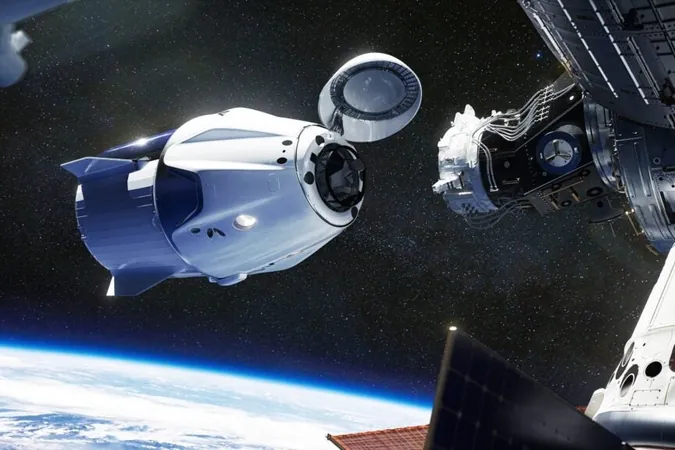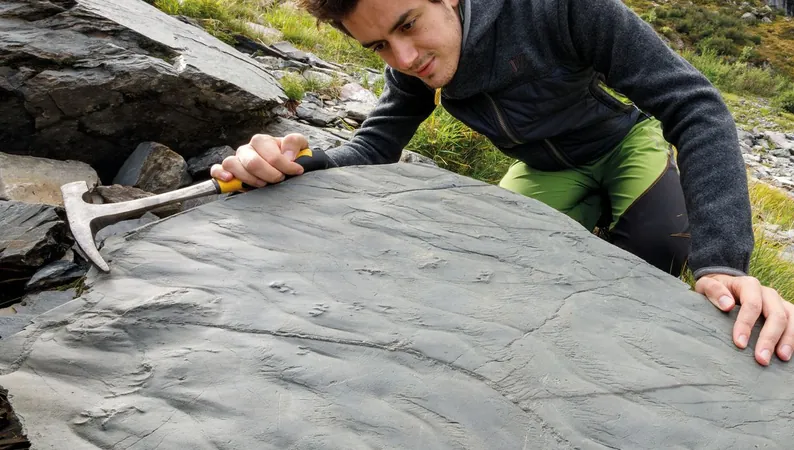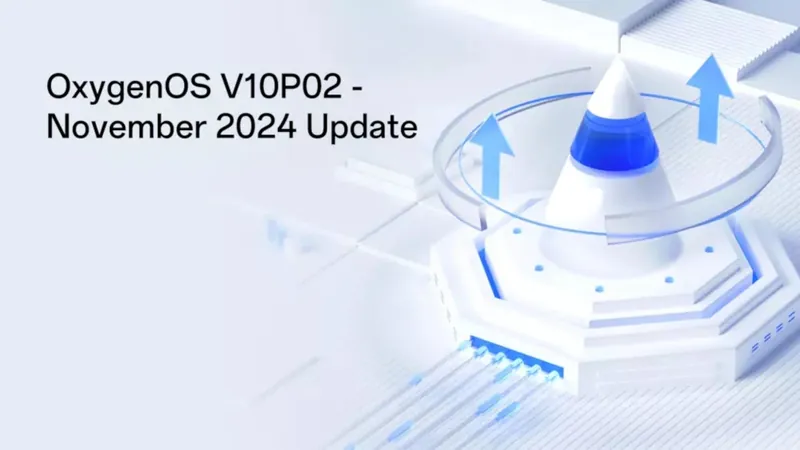
SpaceX’s Dragon Craft Makes History with ISS Reboost Capability
2024-11-11
Author: Charlotte
In a groundbreaking achievement for both SpaceX and NASA, the Dragon spacecraft successfully reboosted the International Space Station (ISS) for the first time on Friday. Utilizing its Draco thrusters, the Dragon adjusted the ISS's orbit, enhancing the station's operational capacity.
What Happened:
The maneuver involved an altitude adjustment of approximately 0.07 miles at apogee and 0.7 miles at perigee, as confirmed by NASA. This operational feat required the Dragon to fire its thrusters for a total of 12 minutes and 30 seconds. Prior to this, the reboosting task was typically managed by the Russian Roscosmos Progress spacecraft or Northrop Grumman’s Cygnus spacecraft, marking a significant advancement in the capabilities of commercial space technology.
“This test demonstrates that the Dragon spacecraft can provide reboost and, eventually, attitude control for the International Space Station,” NASA stated. With multiple spacecraft now capable of reboosting the station, the agency strengthens its reliance on commercial partners for maintaining the orbital complex’s functionality.
A Milestone Launch:
The Dragon spacecraft was launched aboard SpaceX’s Falcon 9 from Florida last Monday, carrying over 6,000 pounds of science equipment, supplies, and hardware to the ISS. This mission not only marked a historic achievement in reboosting but also celebrated the Falcon 9’s milestone of 400 successful launches, a testament to SpaceX's innovation and reliability in space transportation.
Looking Ahead:
Significantly, NASA has also tapped SpaceX for a new venture – the development of the U.S. Deorbit Vehicle (USDV). With a hefty contract valued at $843 million, SpaceX will create this spacecraft to safely deorbit the ISS around 2030, ensuring that any debris falls harmlessly into a designated remote ocean area. Following the completion of its mission, NASA will take over the operation of this essential vehicle.
As we move into the future of space exploration, the collaboration between NASA and SpaceX continues to pave the way for sustainable practices in low Earth orbit. Expect more exciting developments as the space agency explores the potential for rapid launches and further partnerships in upcoming years.
Stay tuned for more updates, including Elon Musk’s ambitious plans for launching Starship every two weeks by late 2025!









 Brasil (PT)
Brasil (PT)
 Canada (EN)
Canada (EN)
 Chile (ES)
Chile (ES)
 España (ES)
España (ES)
 France (FR)
France (FR)
 Hong Kong (EN)
Hong Kong (EN)
 Italia (IT)
Italia (IT)
 日本 (JA)
日本 (JA)
 Magyarország (HU)
Magyarország (HU)
 Norge (NO)
Norge (NO)
 Polska (PL)
Polska (PL)
 Schweiz (DE)
Schweiz (DE)
 Singapore (EN)
Singapore (EN)
 Sverige (SV)
Sverige (SV)
 Suomi (FI)
Suomi (FI)
 Türkiye (TR)
Türkiye (TR)